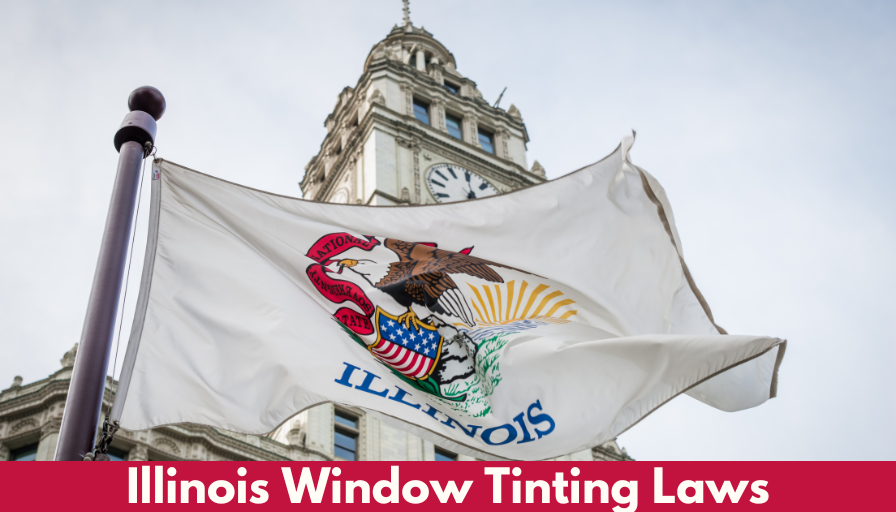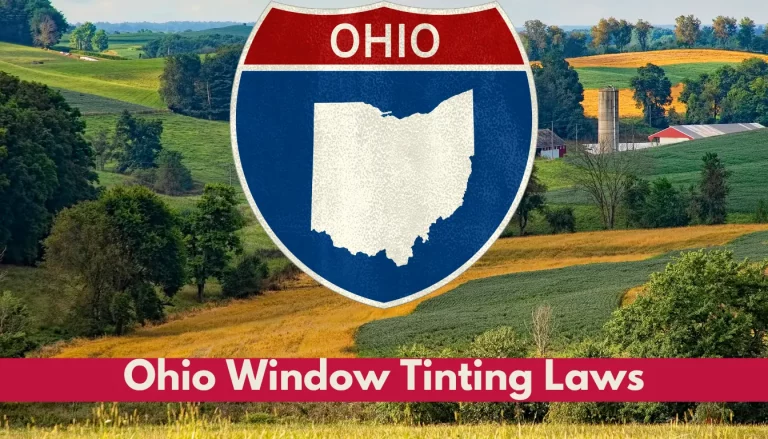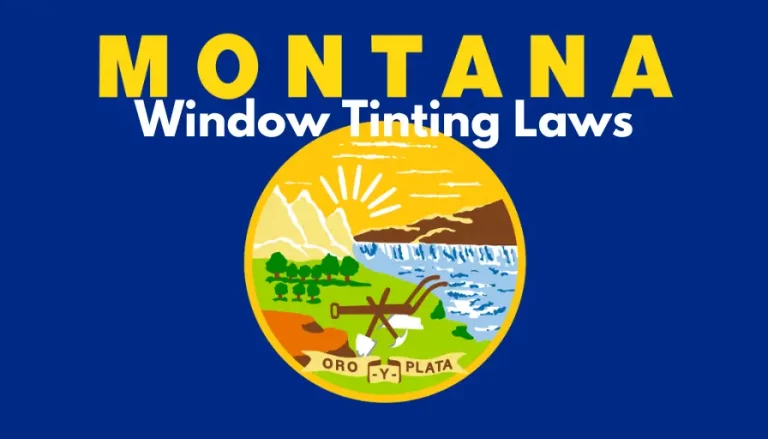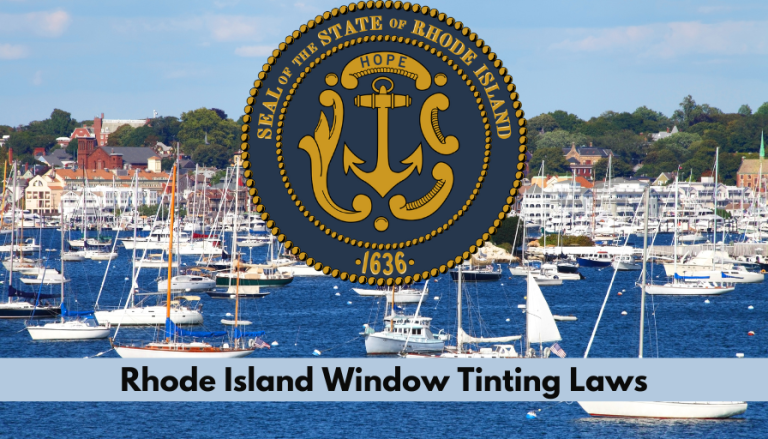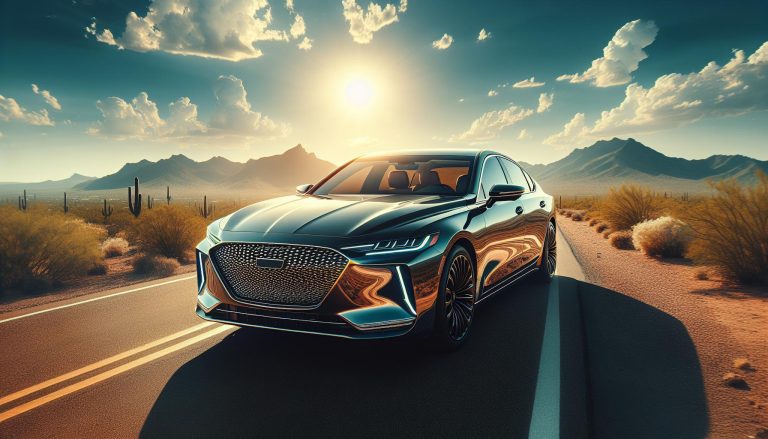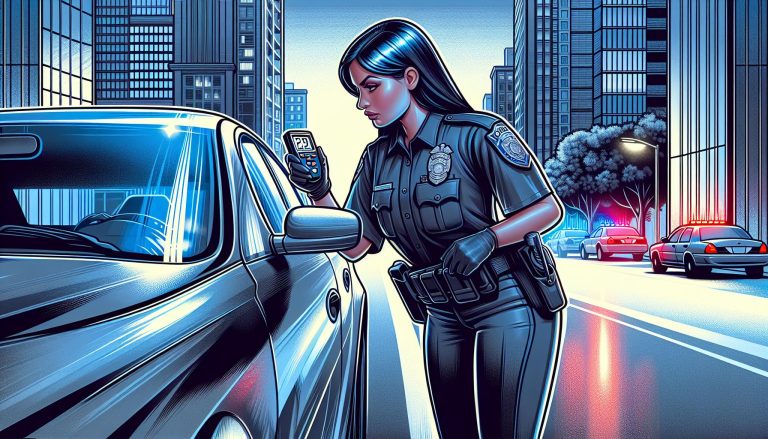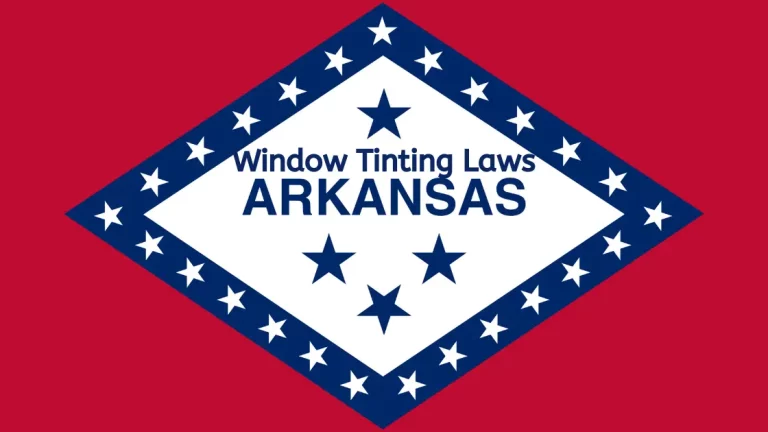Illinois Window Tinting Laws: Stay Legal with 35% VLT
If you’re cruising through the Land of Lincoln, you’ll want to know that Illinois has specific rules for window tinting. I’ve navigated the legal jargon to bring you a clear-cut guide to these regulations.
Understanding Illinois’ window tinting laws can save you from costly fines and keep your ride looking sharp within legal boundaries. Let’s dive into what you need to know before you tint your car windows.
Window Tinting Laws in Illinois
When it comes to modifying your vehicle in Illinois, understanding the window tinting laws is crucial. Illinois is particular about the amount of light transmission and reflection your car windows can legally have. Knowing these details ensures your vehicle passes state inspections and you steer clear of potential fines.
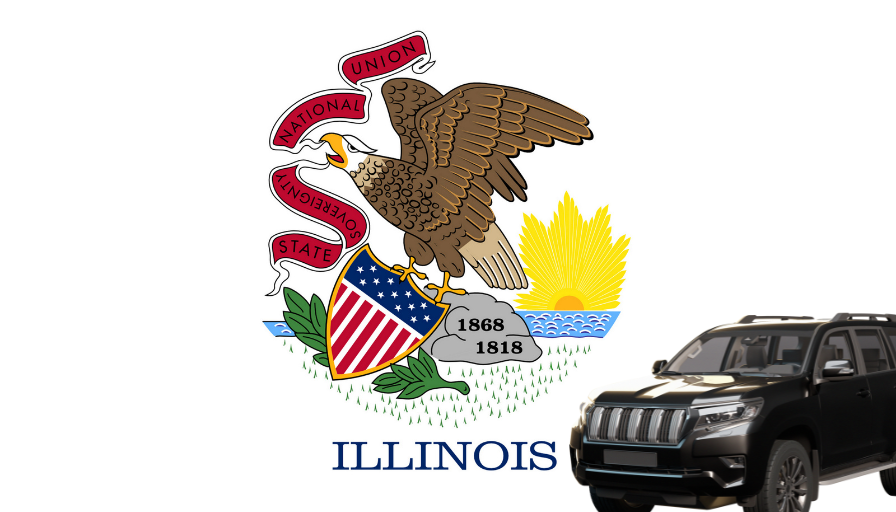
As of my latest research, the Illinois law mandates that all front side windows must allow more than 35% of light in. For rear windows and the back windshield, a bit more leniency is given, but at least 35% light transmission is still the standard. This regulation is in place to maintain driver visibility and ensure the safety of all road users.
Let’s break down the specifics:
- Front Side Windows: Must allow more than 35% of light to pass through
- Back Side Windows: Can be tinted but must also permit over 35% light transmission
- Rear Window: Tinting allowed as long as it lets in over 35% of light
It’s worth noting that Illinois has exceptions for individuals with medical conditions that require additional protection from sunlight. In these cases, you’ll need to have proper documentation from a licensed physician and register this exemption with the state.
Reflective tinting is another point to be mindful of. Illinois laws state that the front and back side windows can’t be more than 35% reflective. This helps reduce glare and ensures that tinted windows don’t become hazardous for other drivers. For reference, this means that the reflection from your tinted windows should not be more intense than that of a standard window.
| Window | Light Transmission | Reflectiveness |
|---|---|---|
| Front Side Window | More than 35% | No more than 35% |
| Back Side Window | More than 35% | No more than 35% |
| Rear Window | More than 35% | Reflective property not specifically restricted |
Staying compliant with Illinois window tinting laws isn’t just about avoiding fines; it’s about ensuring you’re driving a vehicle that’s safe for you and visible to others on the road. Always check for the most current regulations or consult a professional before making any modifications to your car’s windows.
Tint Darkness and Visible Light Transmission
When it comes to window tinting, understanding tint darkness and visible light transmission (VLT) is crucial. In Illinois, VLT is denoted as the percentage of light that’s allowed through the window – the lower the percentage, the darker the tint.
For sedans, coupes, and convertibles:
- Front side windows must let in more than 35% of light.
- Back side windows can have a tint as dark as desired.
- Rear windows can also be tinted to any darkness.
As for SUVs and vans, there’s a bit more leeway:
- Front side windows maintain the 35% VLT requirement.
- Any darkness can be used for back side windows.
- Rear windows can adopt any level of tint darkness.
| Vehicle Type | Front Side Windows | Back Side Windows | Rear Windows |
|---|---|---|---|
| Sedans | Over 35% VLT | Any darkness | Any darkness |
| SUVs/Vans | Over 35% VLT | Any darkness | Any darkness |
Remember, the 35% VLT rule for front side windows applies across the board. It’s designed to ensure that drivers have sufficient visibility while also allowing for privacy and protection from the sun.
The regulations in Illinois are stringent when it comes to keeping road users safe. Tints that are too dark can impede a driver’s view, particularly during nights or in poor weather conditions. To enforce these rules, law enforcement officers have the authority to use tint meters to measure the VLT of your vehicle’s windows. Therefore, it’s wise to stick within the legal limits to avoid potential run-ins with the law.
Windshield Tinting
When it comes to tinting your windshield in Illinois, there are strict regulations that I need to follow. Illinois law states that non-reflective tint is allowed on the top 6 inches of the windshield. This strip is often referred to as the AS-1 line, which is usually marked by the manufacturer. The purpose of this allowance is to reduce glare and provide better visibility while driving, but it’s paramount to ensure that the tint doesn’t extend below the AS-1 line.
Applying tint to the windshield can significantly reduce the amount of light entering the vehicle. However, the law clearly specifies that front windshield tint below the AS-1 line can lead to encounters with law enforcement. In Illinois, maintaining clear visibility is emphasized to ensure the driver’s safety and the safety of others on the road.
It’s essential to be aware that law enforcement officers have the authority to use tint meters to measure the light transmission through the windshield. If your windshield’s tint is darker than what’s legally allowed, you may face fines or be required to remove the tint. It’s always a good idea to keep documentation from the installer certifying that the tint on the AS-1 line complies with state regulations.
To maintain compliance with the windshield tinting laws of Illinois, you might opt for clear, UV-protection films. These types of tints usually do not reduce the visibility but do offer protection against harmful UV rays. Reminding myself that while aesthetics may be important, safety and law compliance must always take precedence ensures that I avoid potential legal issues.
Front Side Window Tinting
When you’re considering tinting your front side windows in Illinois, it’s crucial to adhere strictly to the 35% VLT law. This means the tint must allow at least 35% of light into your car. Remember, the purpose of this rule is to ensure that drivers have sufficient visibility of their surroundings while on the road, as well as allowing law enforcement to see inside the vehicle during traffic stops or at checkpoints.
Illinois tinting laws distinguish between different types of vehicles. For instance, sedans, coupes, and convertibles are typically subject to stricter controls compared to SUVs and vans. Here’s a quick breakdown of the tinting regulations:
- For sedans: Front side windows must have a VLT of 35% or more.
- For SUVs and vans: Front side windows must also have a VLT of 35% or more.
It’s not just about darkness, though. The law also prohibits a reflective tint for the front side windows. Highly reflective surfaces can create hazardous glares for other drivers, so metallic or mirrored finishes are generally not allowed.
Rear Window Tinting
When it comes to tinting the rear windows of a vehicle, Illinois law has its own set of rules. It’s crucial for drivers to be aware of these regulations to avoid legal issues and ensure their vehicle meets state standards. Unlike the front side windows, rear side windows and the back windshield can have a darker tint, potentially offering more privacy and protection from the sun.
For passenger vehicles, the allowance for the VLT of rear windows is as follows:
- Any VLT can be applied as long as the front side windows are not darker than 35% VLT. This flexibility allows for customization and comfort while still adhering to safety standards.
For multi-purpose vehicles, such as SUVs and vans, the guidelines change slightly:
- The rear side windows and the back windshield can have any level of darkness. This is often utilized by drivers seeking additional privacy and reduced glare for passengers in the rear seats.
It’s important to remember that while the state permits darker tints on the rear windows, the ability to see into the vehicle from the outside shouldn’t be completely obstructed. Law enforcement often checks for compliance with tint laws, and too dark a tint could raise suspicions or lead to safety concerns. Moreover, vehicles with tinted rear windows must have dual side mirrors in place. This requirement is critical because it compensates for the reduced visibility that darker tints can bring about.
Here are some points to keep in mind when considering rear window tinting:
- Always keep the front side windows within the legal VLT limit of 35%.
- Use dual side mirrors if the rear windows are tinted.
- Ensure that visibility into the vehicle is not completely blocked.
Choosing to tint your vehicle’s rear windows increases comfort and privacy, but it’s essential to stay within legal guidelines. Working with a professional installer can help you find the right balance between your preferences and the state’s safety requirements. Tint specialists have the knowledge and tools to provide services that comply with Illinois laws, offering peace of mind along with high-quality results.
Conclusion
Staying within Illinois window tinting laws is crucial for any vehicle owner looking to enhance their car’s appearance while ensuring safety and compliance. I’ve walked you through the essentials, from the 35% VLT for front-side windows to the more lenient regulations for rear windows on passenger and multi-purpose vehicles. Remember, the key is visibility—both for you and law enforcement.

